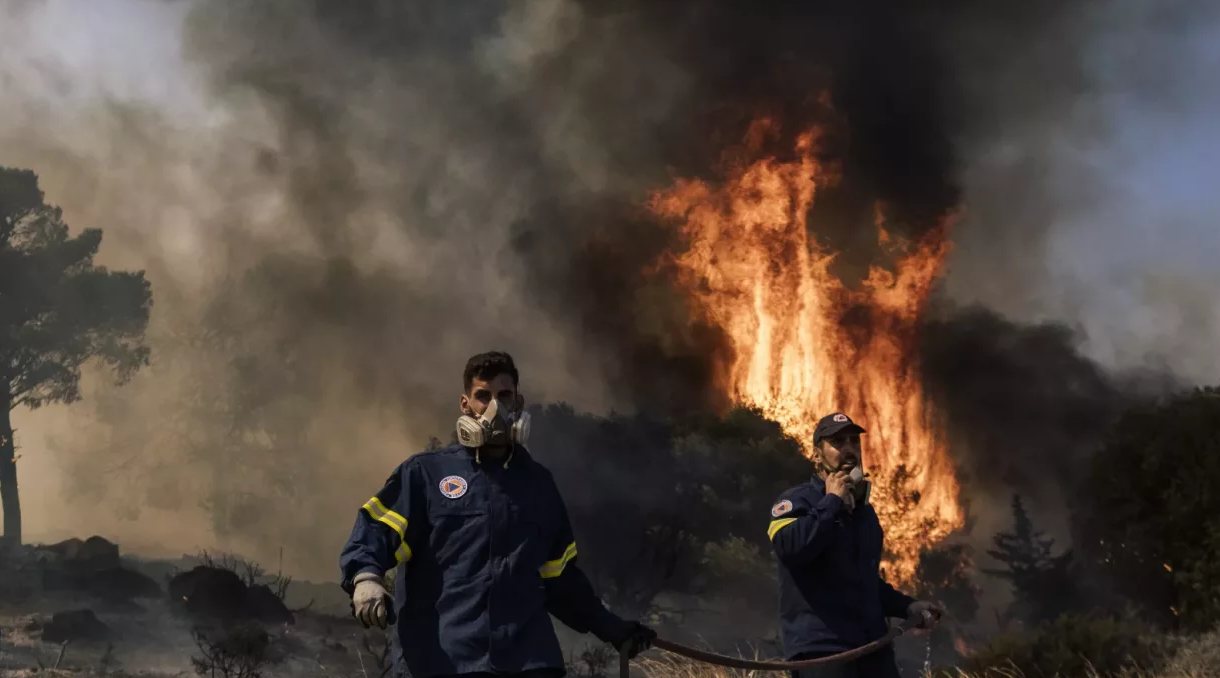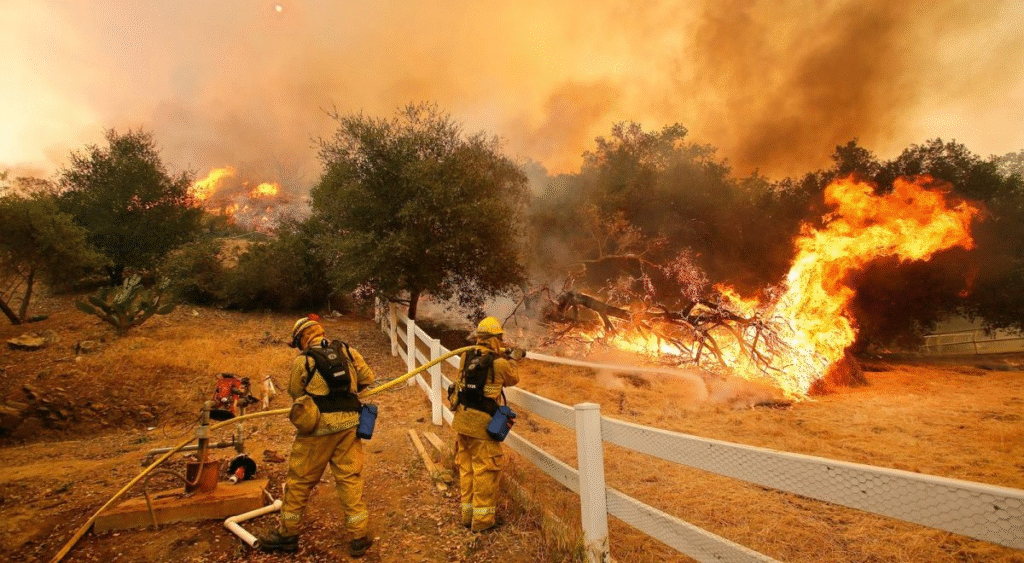
In recent years, the world has seen a sharp rise in floods, wildfires, droughts, and storms. These climate disasters not only damage homes and cities but also leave millions of people struggling to rebuild their lives. From the deadly floods in India to wildfires in Australia and hurricanes in the United States, no country is truly safe from nature’s fury.
But there is hope. Across the globe, countries, cities, and communities are learning new ways to recover faster and smarter from climate disasters. With better planning, technology, and support from international organizations, the road to recovery is becoming stronger every day.

Climate disaster recovery is the process of rebuilding homes, restoring cities, and helping people return to normal life after a natural disaster caused by climate change. This process includes:
For many countries, climate disaster recovery is not only about fixing what is broken. It is also a chance to build back better – stronger, safer, and greener.
Experts say that climate change is the main reason behind the increase in disasters. Rising temperatures are making storms stronger, droughts longer, and floods deadlier. According to the United Nations (UN), the number of climate-related disasters has increased by 83% in the past two decades compared to the previous 20 years.
Some key reasons include:
These disasters can cost billions of dollars in damages and affect the lives of millions of people.
Many countries are now focusing on smarter recovery solutions. These include:
In disaster-prone areas, homes are being rebuilt with stronger materials that can resist floods, storms, and fires. In Japan, for example, buildings are designed to withstand earthquakes. In Florida, USA, new building codes require homes to survive hurricanes.
Some countries are using nature to help recovery. For example, planting mangroves along coastlines can reduce storm damage and flooding. Restoring wetlands can help absorb floodwater naturally.
Technology is also helping. Countries like India and Bangladesh are setting up early warning systems to alert people before floods and cyclones. This saves lives and reduces damage.
During recovery, fast help is important. International aid groups like the Red Cross provide food, water, and medical supplies quickly. Governments also give money to people who lost their homes.
Local people are being trained to help in recovery. When communities work together, recovery is faster and stronger. In Indonesia, local villagers help rebuild homes after earthquakes using local materials.
Governments play a big role in disaster recovery by making policies, providing funds, and planning for the future. In the United States, the Federal Emergency Management Agency (FEMA) helps states recover from disasters by giving money and rebuilding support.
International groups like the United Nations, World Bank, and International Monetary Fund (IMF) also give loans, grants, and technical help to poor countries that suffer from climate disasters.
For example, after the deadly 2010 earthquake in Haiti, the UN and many countries sent billions of dollars in aid to help rebuild the island nation.
Even with better technology and planning, climate disaster recovery still faces big challenges:
Experts warn that unless stronger action is taken to slow down climate change, these disasters will keep getting worse.
Ordinary people can also play a part in climate disaster recovery:

The future of disaster recovery will depend on global cooperation. Countries must work together to reduce greenhouse gases, plan better cities, and protect nature. Investments in clean energy, early warning systems, and disaster-ready buildings are already showing success in some countries.
In 2021, after massive floods hit parts of Germany, the country not only rebuilt roads and homes but also changed its flood warning system to make sure people get alerts faster.
In the Philippines, after typhoons, the government is relocating people from high-risk areas to safer places. This reduces future disaster risks.
With stronger planning, smarter rebuilding, and public support, the world can recover from climate disasters faster and reduce future risks.
Climate disaster recovery is more important than ever. As disasters become stronger and more frequent due to climate change, fast and smart recovery can save lives, money, and the environment. Whether it’s building safer homes or using nature to protect cities, every step counts in making the world safer for future generations.
Read More:- Shobha Realty Launches Its Most Luxurious Project Yet—Full Details Inside 2025
